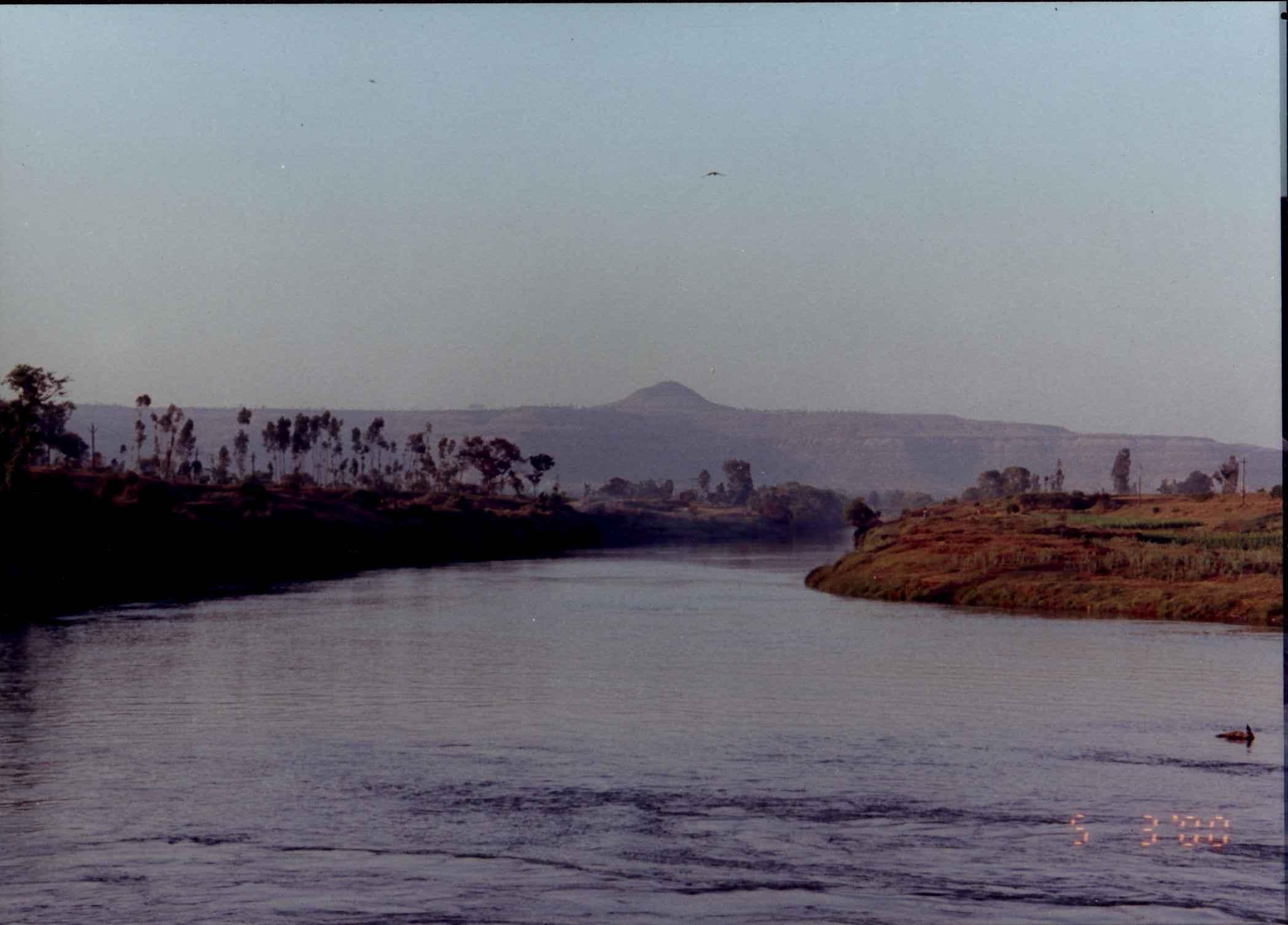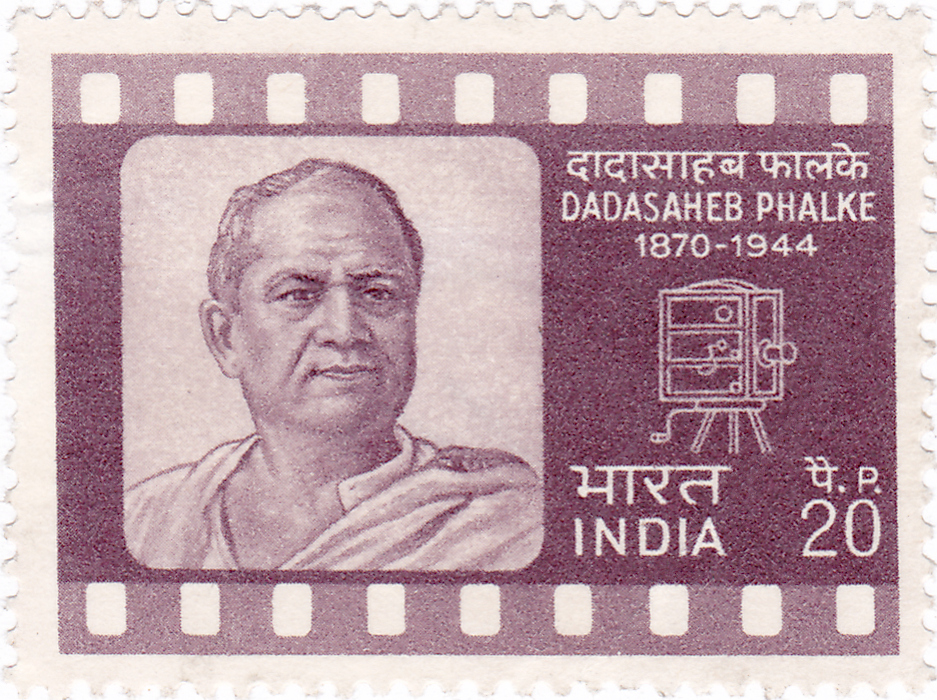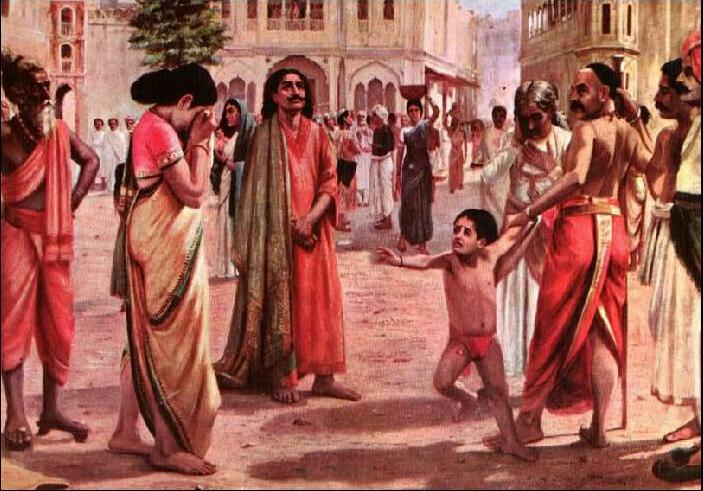|
Baburao Mistry
Baburao Krishnarao Mestry, popularly known as Baburao Painter (3 June 1890 – 16 January 1954) was an Indian filmmaker and artist. He was a man of many talents with proficiency in painting, sculpture, film production, photography, and mechanical engineering. Early life Baburao was born in a simple family on 3 June 1890 in Kolhapur, Maharashtra. He had only studied till class four or five in a Marathi medium school. His father Krishnarao Mestry was a blacksmith and carpenter by profession, but he also excelled in painting, stone and marble sculpting along with ivory carving. Baburao inherited art from his father and learned the basics of the same from him. He also taught himself to paint and sculpt in academic art school style. In the company of his cousin brother Anandrao, he also became fascinated with oil painting, photography and film making. Stage backdrop artist Noted theatre artist Keshavrao Bhosale, the owner of ''Lalit Kaladarsh Natak Mandali'' (theater troupe), hai ... [...More Info...] [...Related Items...] OR: [Wikipedia] [Google] [Baidu] |
Kolhapur
Kolhapur () is a city on the banks of the Panchganga River in the southern part of the Indian state of Maharashtra. It is the administrative headquarter of the Kolhapur district. In, around 2 C.E. Kolapur's name was 'Kuntal'. Kolhapur is known as ''`Dakshin Kashi''' or Kashi of the South because of its spiritual history and the antiquity of its shrine Mahalaxmi, better known as Ambabai. The region is known for the production of the famous hand-crafted and braided leather slippers called Kolhapuri chappal, which received the Geographical Indication designation in 2019. In Hindu mythology, the city is referred to as "''Karvir''." Before India became independent in 1947, Kolhapur was a princely state under the Bhosale Chhatrapati of the Maratha Empire. It is an important center for the Marathi film industry. Etymology Kolhapur is named after Kolhasur, a demon in Hindu History. According to History, the demon Kolhasur renounced asceticism after his sons were killed by God f ... [...More Info...] [...Related Items...] OR: [Wikipedia] [Google] [Baidu] |
Academic Art
Academic art, or academicism or academism, is a style of painting and sculpture produced under the influence of European academies of art. Specifically, academic art is the art and artists influenced by the standards of the French Académie des Beaux-Arts, which was practiced under the movements of Neoclassicism and Romanticism, and the art that followed these two movements in the attempt to synthesize both of their styles, and which is best reflected by the paintings of William-Adolphe Bouguereau, Thomas Couture, and Hans Makart. In this context it is often called "academism," "academicism," " art pompier" (pejoratively), and "eclecticism," and sometimes linked with "historicism" and "syncretism." Academic art is closely related to Beaux-Arts architecture, which developed in the same place and holds to a similar classicizing ideal. The academies in history The first academy of art was founded in Florence in Italy by Cosimo I de' Medici, on 13 January 1563, under the influe ... [...More Info...] [...Related Items...] OR: [Wikipedia] [Google] [Baidu] |
Maharashtra Film Company
Maharashtra Film Company was an Indian film production company, established by Baburao Painter in Kolhapur. Established in 1918, it was a silent film studio, which was a pioneer in Maharashtra and Marathi cinema, under the patronage of the Shahu Maharaj, the Maharaja of Kolhapur. It released the first significant historical, '' Sairandhari'', released in Pune 7 February 1920. In the coming decade the only other major company was Dada Saheb Phalke's Hindustan Film Company. It made numerous films till the advent of talkies in 1931, but started collapsing after V. Shantaram left in 1929, to form Prabhat Film Company, it finally closed down in 1931. History Vishnupant Damle was trusted lieutenant of Baburao Painter in his Maharashtra film Company, Kolhapur. The company had made a name for itself with its silent films in early 1920s. Baburao Painter made many silent movies till 1930 however after a few more silent films, the Maharashtra Film Company pulled down its shutters with the a ... [...More Info...] [...Related Items...] OR: [Wikipedia] [Google] [Baidu] |
Panchganga River
The Panchganga River is one of the important rivers of India located in Maharashtra. In English, the name translates as "Five Rivers". It is a major tributary of Krishna River, with which it joins at Narsobawadi. Origin The Panchganga River of Maharastra flows through the borders of Kolhapur. It starts from Prayag Sangam (Village: Padali BK., Taluka: Karvir, Dist:Kolhapur). The Panchganga is formed, as has been noted already, by four streams, the Kasari, the Kumbhi, the Tulsi and the Bhogawati. Local tradition believes in an underground stream Saraswati which together with the other four streams make the Panchganga. The Prayag Sangam confluence marks the beginning of the Panchganga river proper which after receiving the waters of the four tributaries continues in a larger pattern with the flow of waters received from the rivers. From North of Kolhapur it has a wide alluvial plain. After developing this plain the river resumes its course eastwards. Course From Kolhapur the Pa ... [...More Info...] [...Related Items...] OR: [Wikipedia] [Google] [Baidu] |
Rankala Lake
Rankala Lake is a freshwater lake located in Kolhapur, Maharashtra, India. History Before the eighth century, Rankala was a stone quarry. In the 9th century, an earthquake caused immense structural damage to the quarry, causing water to accumulate from an underground source forming the Rankala Lake. This historic lake features a Hindu temple with a Nandi Nandi may refer to: People * Nandy (surname), Indian surname * Nandi (mother of Shaka) (1760–1827), daughter of Bhebe of the Langeni tribe * Onandi Lowe (born 1974), Jamaican footballer nicknamed Nandi * Nandi Bushell (born 2010), South Afric .... According to local Hindu beliefs, Lord Shiva uses the Nandi, moves a single wheat grain towards the lake, and backs about a distance of single rice grain daily. Hindu beliefs state that if Lord Shiva reaches Rankala, the apocalypse will begin. Tourism This historical lake is a treasure trove for many Hinduists and scenery admirers. Rankala features the "Shalini Palace" to the nort ... [...More Info...] [...Related Items...] OR: [Wikipedia] [Google] [Baidu] |
Lathe
A lathe () is a machine tool that rotates a workpiece about an axis of rotation to perform various operations such as cutting, sanding, knurling, drilling, deformation, facing, and turning, with tools that are applied to the workpiece to create an object with symmetry about that axis. Lathes are used in woodturning, metalworking, metal spinning, thermal spraying, parts reclamation, and glass-working. Lathes can be used to shape pottery, the best-known design being the Potter's wheel. Most suitably equipped metalworking lathes can also be used to produce most solids of revolution, plane surfaces and screw threads or helices. Ornamental lathes can produce three-dimensional solids of incredible complexity. The workpiece is usually held in place by either one or two ''centers'', at least one of which can typically be moved horizontally to accommodate varying workpiece lengths. Other work-holding methods include clamping the work about the axis of rotation using a chuck or col ... [...More Info...] [...Related Items...] OR: [Wikipedia] [Google] [Baidu] |
Vishnupant Damle
Vishnupant Govind Damle (14 October 1892 – 5 July 1945) was an Indian production designer, cinematographer, film director and sound engineer for Marathi films. His 1937 film ''Sant Tukaram'' was the first Indian film to be screened at an international film festival. It won a "Special Recommendation" at the 5th Venice International Film Festival. Life Damle was born at Pen, Raigad District, Maharashtra on 14 October 1892. He learned stage painting from Anandrao Painter, Baburao Painter's cousin, with whom he co-founded the Maharashtra Film Company in 1918. He worked as a decorator, set designer, actor, cinematographer and film developer. One of his colleagues, Fattelal Sheikh, worked closely with Damle until his death. Together, they had their directorial debut with the release of the 1928 silent film ''Maharathi Karna''. Damle left the Maharashtra Film Company in 1929 and founded the Prabhat Film Company with V. Shantaram, Fattelal and Keshavrao Dhaiber. There he was head of ... [...More Info...] [...Related Items...] OR: [Wikipedia] [Google] [Baidu] |
Flea Market
A flea market (or swap meet) is a type of street market that provides space for vendors to sell previously-owned (second-hand) goods. This type of market is often seasonal. However, in recent years there has been the development of 'formal' and 'casual' markets which divides a fixed-style market (formal) with long-term leases and a seasonal-style market with short-term leases. Consistently, there tends to be an emphasis on sustainable consumption whereby items such as used goods, collectibles, antiques and vintage clothing can be purchased. Flea market vending is distinguished from street vending in that the market alone, and not any other public attraction, brings in buyers. There are a variety of vendors: some part-time who consider their work at flea markets a hobby due to their possession of an alternative job; full-time vendors who dedicate all their time to their stalls and collection of merchandise and rely solely on the profits made at the market. Vendors require sk ... [...More Info...] [...Related Items...] OR: [Wikipedia] [Google] [Baidu] |
Dadasaheb Phalke
Dhundiraj Govind Phalke (Pronunciation: Help:IPA/Marathi, [d̪ʱuɳɖiɾaːd͡ʒ pʰaːɭke]), popularly known as Dadasaheb Phalke () (30 April 1870 – 16 February 1944), was an Indian producer-director-screenwriter, known as "the Father of Indian cinema". His debut film, ''Raja Harishchandra'', was the first Indian movie released in 1913, and is now known as India's first full-length feature film. He made 95 feature-length films and 27 short films in his career, spanning 19 years, until 1937, including his most noted works: ''Mohini Bhasmasur'' (1913), ''Satyavan Savitri'' (1914), ''Lanka Dahan'' (1917), ''Shri Krishna Janma'' (1918) and ''Kaliya Mardan'' (1919). The Dadasaheb Phalke Award, awarded for lifetime contribution to cinema by the Government of India, is named in his honour. Early life and education Dhundiraj Phalke was born on 30 April 1870 at Trimbak, Bombay Presidency into a Marathi language, Marathi-speaking Chitpavan Brahmin family. His father, Govind Sadashiv ... [...More Info...] [...Related Items...] OR: [Wikipedia] [Google] [Baidu] |
Raja Harishchandra
''Raja Harishchandra'' () is a 1913 Indian silent film directed and produced by Dadasaheb Phalke. It is often considered the first full-length Indian feature film. ''Raja Harishchandra'' features Dattatraya Damodar Dabke, Anna Salunke, Bhalchandra Phalke, and Gajanan Vasudev Sane and is based on the legend of Harishchandra, with Dabke portraying the title character. The film, being silent, had English, Marathi, and Hindi-language intertitles. Phalke decided to make a feature film after watching '' The Life of Christ'' (1906) at a theatre in Bombay in April 1911. In February 1912, he went to London for two weeks to learn filmmaking techniques and upon return founded Phalke Films Company. He imported the hardware required for filmmaking and exhibition from England, France, Germany, and the United States. Phalke shot a short film ''Ankurachi Wadh'' (''Growth of a Pea Plant'') to attract investors for his venture. He published advertisements in various newspapers calling for th ... [...More Info...] [...Related Items...] OR: [Wikipedia] [Google] [Baidu] |
Western India
Western India is a loosely defined region of India consisting of its western part. The Ministry of Home Affairs in its Western Zonal Council Administrative division includes the states of Goa, Gujarat, and Maharashtra along with the Union territory of Dadra and Nagar Haveli and Daman and Diu, while the Ministry of Culture and some historians also include the state of Rajasthan. The Geological Survey of India includes Maharashtra but excludes Rajasthan whereas Ministry of Minority Affairs includes Karnataka but excludes Rajasthan. Madhya Pradesh is also often included and Haryana, western Uttar Pradesh and southern Punjab are sometimes included. Western India may also refer to the western half of India, i.e. all the states west of Delhi and Chennai, thus also including Punjab, Kerala and surrounding states. The region is highly industrialised, with a large urban population. Roughly, western India is bounded by the Thar Desert in the north, the Vindhya Range in the east and no ... [...More Info...] [...Related Items...] OR: [Wikipedia] [Google] [Baidu] |
Parsi Theatre
Parsi theatre is a generic term for an influential theatre tradition, staged by Parsis, and theatre companies largely-owned by the Parsi business community, which flourished between 1850 and 1930s. Plays were primarily in the Hindustani language (especially the Urdu dialect), as well as Gujarati to an extent. After its beginning in Bombay, it soon developed into various travelling theatre companies, which toured across India, especially north and western India (now Gujarat and Maharashtra), popularizing proscenium-style theatre in regional languages. Entertainment-driven and incorporating musical theatre and folk theatre, in early 1900s, some Parsi theatre producers switched to new media like bioscope and subsequently many became film producers. The theatre diminished in popularity, with arrival of talkies era in Hindi cinema in 1930s. Post-independence, it experienced a revival in the 1950s, much like theatre in the rest of the India. History The British community in Bombay had b ... [...More Info...] [...Related Items...] OR: [Wikipedia] [Google] [Baidu] |
.jpg)

.jpg)



